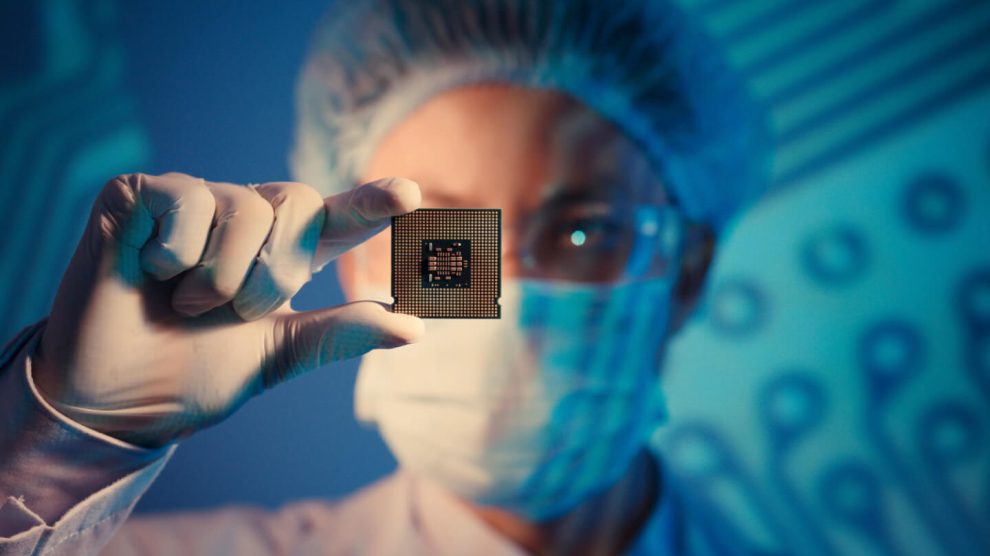Rome bets on semiconductor R&D. The most recent amendments to Italy’s draft budget law include provisions to establish an Italian Centre for Semiconductor Integrated Circuit Design – an institution geared at strengthening the Italian microchip industry.
- In the draft’s words, the Centre will “promote the design and development of integrated circuits, strengthen the system of professional training in the field of microelectronics and ensure the establishment of a network of universities, research centres and companies that promotes innovation and technology transfer in the sector.”
The details. The Ministries of Economy and Finance, Business and Made in Italy, and University and Research are the Centre’s founding members, with the former overseeing the project. €185 million have been earmarked from 2023 to 2030, as well as an additional €30 million in 2023 and €40 million in 2024, 2025 and 2026, to ensure continuity of investment support.
It’s all about chips. The government is aiming to strengthen Italy’s and the EU’s resilience in the sector, which has become strategic in the context of the West’s geostrategic competition with China. “We are lagging behind; we have let China grow,” Adolfo Urso, the Minister of Business and Made in Italy, told us a few weeks ago, remarking the risk that “the economy might grind to a halt without these components, now the basis of many products.”
The European side. Through its Chips Act, the bloc aims to double the EU’s global semiconductor market share – from 10% to a minimum of 20% by 2030, to the tune of €43 billion – in a bid to secure its future technological sovereignty.
- Member States also intend to establish a European network of competence centres on semiconductors, integration technologies and system design, the same way it built its cybersecurity network of national hubs.
- Italy’s Centre is expected to become the national node of this pan-European network.
Investing, investing, investing. Meanwhile, the European Commission has greenlit the €292.5 million Italy intends to spend on STMicroelectronics (an Italo-French microchip company) to build a semiconductor manufacturing plant in Catania, Sicily.
- Additionally, the US’ Intel is looking to Italy for its €11 billion advanced packaging plant (one of the stages of chip production). Although the change of governments has impacted the project’s timeline, PM Meloni and Economy Minister Giorgetti seem determined to make it happen.





